The influence of the human-horse bond on stress and behaviour
By: Nestor Imberti Posted: 04/03/2022
The relationship and communication between humans and horses can be misinterpreted in certain aspects. That is why I have prepared a series of three articles where I will try to shed light on this issue based on scientific research and studies.
In the first article, published on January 21, we saw how to interpret non-nutritive licking and chewing behaviour in horses.
In this second article, we will try to analyse the effect of human-horse interactions on equine behaviour.
The third article deals with the concept of Leadership and dominance, and its effect on horse training.
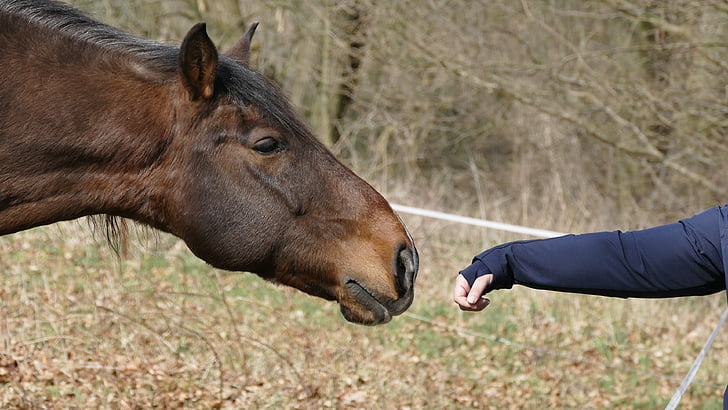
The human-animal bond
Humans have the ability to form emotional bonds with other species, in such a way that animals can develop a strong attachment to people. Attachment means an affectional bond or tie between an individual and an attachment (reference) figure, a source of emotional security.
Human-animal bond is receiving increasing attention and is traditionally thought to confer benefits on well-being and performance in working animals.
From an ethological perspective, attachment is a behavioural system that governs an affective tie between two individuals, in which one tries to stay close to the other, which functions as a reference (safe base) for its proper development and well-being.
One important benefit of bonding is the “safe or secure base” an attachment figure provides, which manifests in better coping and increased exploration during potential threa.
Although bonding is sought after by both pleasure and elite riders, research exploring the benefits of human-horse interactions have shown that this is not exactly the case.
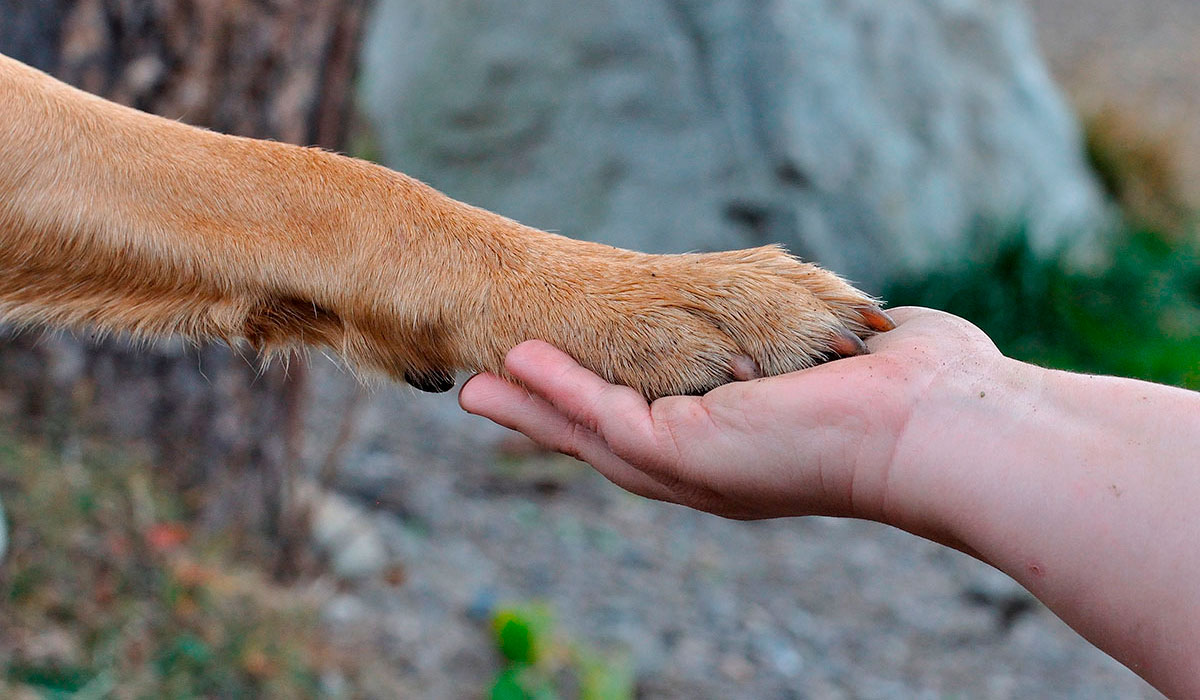
Would you like to be part of a group with an equestrian soul?
Join the Ampascachi Community. Obtain exclusive benefits for your holidays.
We tell you how to start, train and take care of your horse.
Interviews with direct providers of riding tours around the world.
Opinions of outstanding equine scientists and personalities in the equestrian sport world.
Research into the human-horse bond
Now, we will determine whether the above claims are true or not, based on an experiment carried out in the UK in October 2016.
The name of the study is “Stranger danger? An investigation into the influence of human-horse bond on stress and behavior”.
It was conducted by Carrie Ijichi, Keith Squibb and Rebecca Favier from the University Centre Hartpury and by Kym Griffin from Nottingham Trent University.
The purpose of the study was to assess the effect of the esence of horses’ owners, who are the most likely sources of “human attachment” on the horses' performance and predisposition to do what they are asked.
That is, they wanted to see if the owner-horse bond improved horse behaviour and physiological stress responses during novel handling tests, or if competent handling is more salient than bond in influencing horse behaviour during handling.
In summary, horses completed two different handling tests, one with their owner and the other with an unfamiliar experimental handler.
In total, 46 horses of mixed breeds and genders took part. Age ranged from 3 to 20 years.
Test and handler order was randomised and handlers were "double blind" to the performance of the horse with the alternate handler.
A number of physiological parameters were recorded to assess stress responses, and time taken to complete the tests and proactive behaviour were also measured as indicators of performance and compliance.
What were the conclusions drawn from this study?
We will discuss them in the following sections of this article.
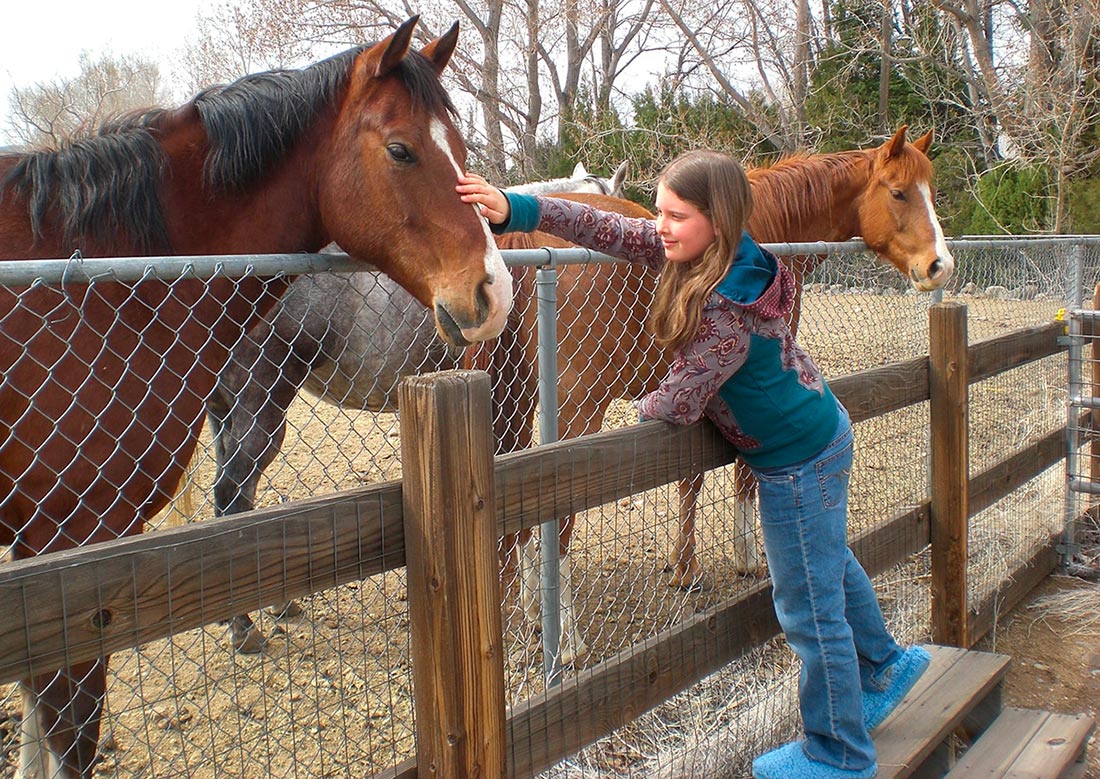
Attachment Theory
Attachment theory, formulated by British psychoanalyst Bowlby in the 70s, is focused on the relationships and bonds between humans, particularly long-term relationships, including those between infants and their caregiver.
This attachment does not only occur between humans, but also between other species, such as mammals.
It is theorised that appropriate bonds aid in survival because vulnerable offspring keep close to their mothers in such species.
In the case of domestic animals, since they depend on human caregivers, some level of attachment-type bond may exist.

A fully developed relationship bond is characterised by proximity seeking, secure base, safe haven and separation distress.
This is what some experts think about this theory:
- “Secure base refers to reduced stress under perceived threat and increased exploration in the presence of the attachment figure.” (Mikulincer and Shaver, 2003)
- “Bonding between animals and their human caregivers is highly desirable as it is purported to improve human well-being (Walsh, 2009) is anecdotally reported to affect training outcomes in horses.” (Parelli, 1993; Roberts, 1997)
- “Within competitive equestrianism, human-horse bonds are thought to be integral to the success of partnerships during challenging and highly pressurised situations.” (Fallis, 2013)
However, we must be careful about this relationship between human caregivers and animals. Due to this perceived importance, and the fact that many humans feel strong bonds towards their animal companions, it may be that reciprocal bonds are incorrectly perceived.
It is true that species that are highly dependent upon their care giver, such as dogs, may be presumed to have more opportunities to bond.

Attachment Theory in horses
Horses, on the other hand, do not live as inter-dependently with their carers, yet studies indicate that horses can discern the difference between familiar and unfamiliar humans and that this elicits different cognitive responses.
But this has not yet been investigated to our knowledge.
Whilst familiarity is known to have positive influences on behaviour during handling in horses, the effect of more complex bonds that may result from longer term interactions has not been assessed.
That’s why the research study that we deal with in this article was carried out.
As we have already mentioned above, this study aims to determine whether horses respond differently to novel handling challenges, depending on whether they are with a very familiar human, such as their owner, or with a stranger.
If a familiar person provides a safe base as the result of a human-horse bond, horses would be expected to take less time to complete the tasks, show less potentially dangerous proactive behaviour and have lower physiological indicators of stress, compared to when handled by a stranger.
Subscribe to the Ampascachi Community and obtain benefits and exclusive content. Furthermore, we offer free advice on horses and equestrian tourism.
Study results
These findings were very conclusive:
“There was no statistically significant difference in behaviour or in any indicator of stress, depending on whether horses were handled by a familiar or unfamiliar person.”
This means that no matter who handles the horses, be it a familiar person or a stranger, the result is the same.
Therefore, this experiment suggests that the human-horse bond does not necessarily confer a "safe-base" effect.
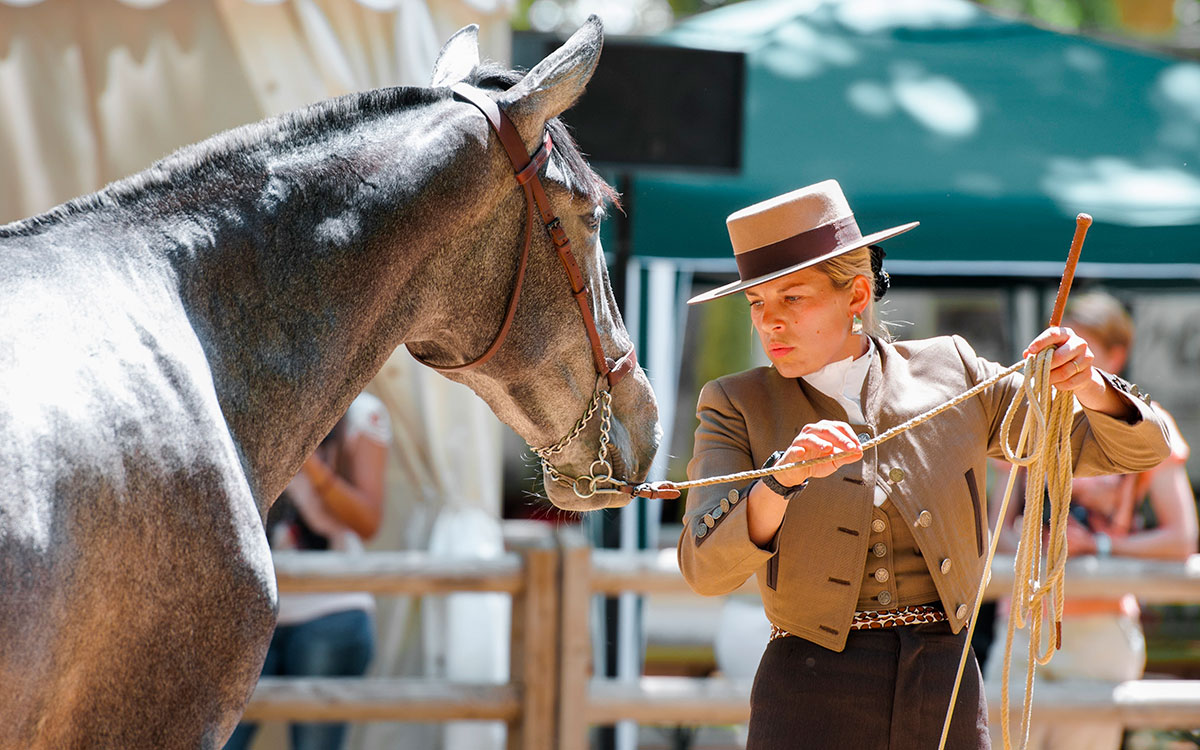
Details of the experiment results
Depending on who handles the horses, we have two possible scenarios:
- The owner: Owners care for, and train, their horses daily and, as such, are the most likely sources of human attachment. This implies that the human-horse bond confers a safe-base effect.
- The trainer or handler: A stranger who has not had previous contact with the horse. During the unfamiliar handler procedure, horses were separated from their owners and presented with a potential threat, without a “safe base”.
According to the results obtained, conclusions are as follows:
- It has been proven that, in neither case, this does not appear to cause stress in horses, indicating that neither safe base (Cassidy, 1999) nor separation distress (Mikulincer and Shaver, 2003) features of bond were salient here.
Therefore, horses do not respond differently under situations where bonding is not possible, i.e. attachment does not exist, and are not distressed at being separated from their owners, even during challenging scenarios. - Time taken to complete the handling tests also did not differ dependent on whether the horse was handled by their owner or an unfamiliar experimental handler.
In addition, there was no difference in potentially dangerous proactive behaviour shown by subjects between the two handlers.
Some anecdotally based training practices, which are often described as either "natural" or "sympathetic" horsemanship, claim that bonding has benefits for resolving issues that result from these factors (Roberts, 1997).
They attribute reduced flight responses and improved compliance as the result of "trust" or "respect" for a leadership figure.

The current experiment contradicts this and instead supports previous research undermining the legitimacy of such claims (Hawson et al., 2010; McLean and McGreevy, 2010).
For example, it has been shown that horses will follow an unknown person, after "join-up" with a different individual (Krueger, 2007), or even follow an inanimate object (Henshall et al., 2012), inside a round pen.
In addition, the changes to behaviour resulting from techniques such as round-pen interactions do not persist outside this specialized context (Krueger, 2007).
Taken together, these results do not conclusively reject the possibility of bonds between horses and their owners.
They do suggest that certain features seen in fully developed attachments may not be meaningfully applied to human-horse interactions.
Conclusions of this article
In view of all this, I would conclude that these findings suggest:
- That competent handling is more salient than bond in influencing horse behaviour during handling.
- That, in general, the presence of the horse’s owner or familiar human did not confer a safe-base effect.
- However, this does not conclusively reject the concept of bonds between horses and owners.
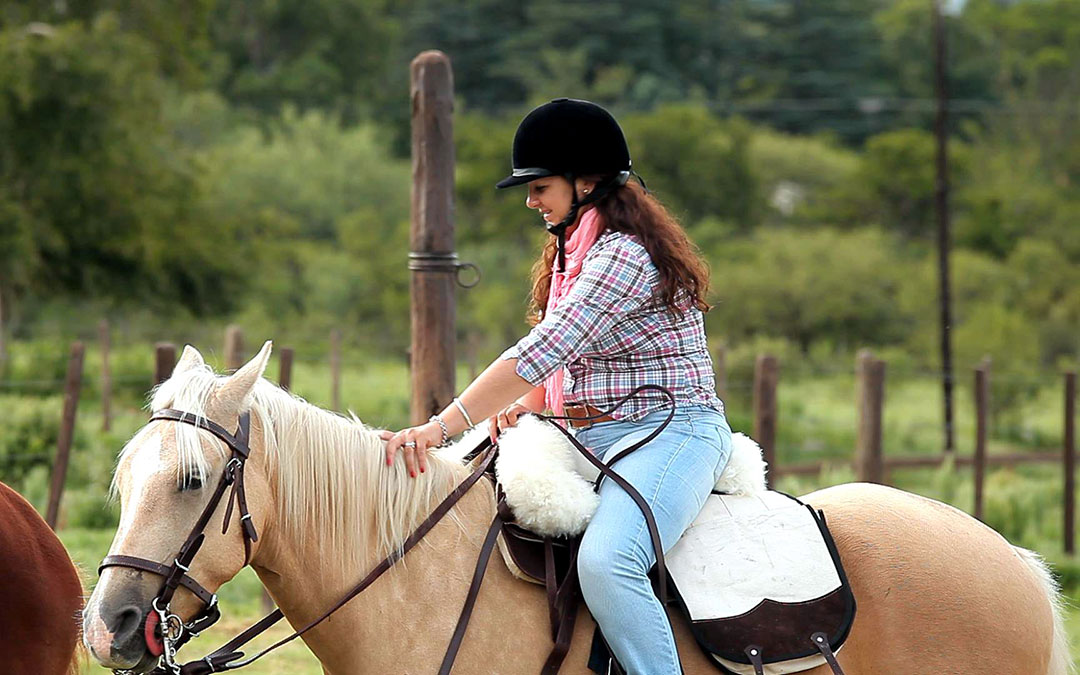
In an upcoming article in this series of three, I will deal with an issue of utmost importance to me since it implies the application of certain concepts in horse training, even in equine welfare.
I am referring to the concepts of Leadership or Alpha position and Dominance hierarchy.
Would you like to delve deeper into the world of horse training?
Download our free guide on Horse training step by step. There we tell you everything we have learned about horse training in more than 25 years of experience.
And if you want to be a professional horse trainer and get field-based training, you should check out our training program. You will have the opportunity to live in our equestrian centre and experience our full training process with young horses.
~
THIS COULD ALSO BE INTERESTING
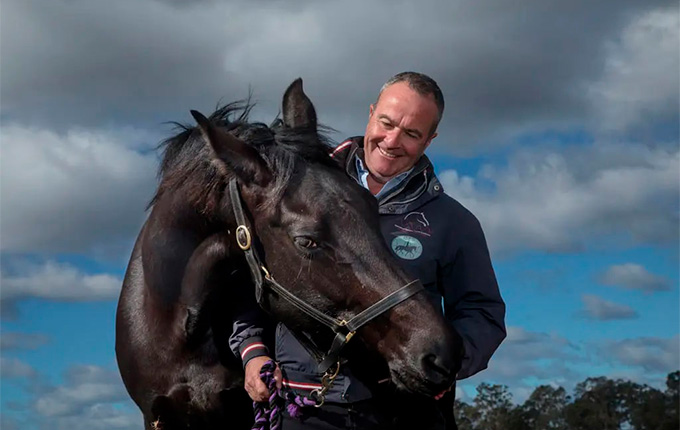
Dr. Paul McGreevy: specialist in horse behaviour and welfare
We have interviewed Dr. McGreevy to gain insight into equine behaviour, horse welfare and the application of learning theory in equitation science.
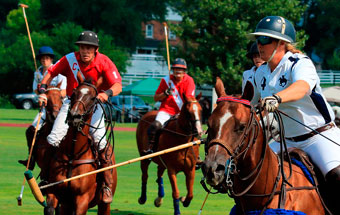
Equestrian sports & games: Polo
Do you know the rules of Polo, the oldest of equestrian sports that was played by nomadic warriors of Central Asia? Polo is becoming considerably popular nowadays.

Horseback riding holidays on a Marwari horse in India
Horseback riding in India is exciting, and even more so if you ride on the back of a Marwari horse, an intriguing, noble and brave breed with curved ears.
~
WHAT IS YOUR OPINION? LEAVE A COMMENT
Planning your horse riding holidays?
Join the Ampascachi Community. You will get exclusive advantages and guidance for your next horse riding holiday.


 German
German French
French Spanish
Spanish